-
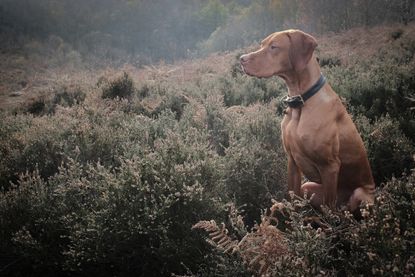
Name that dog, England's highest mountain and eight more questions: Country Life Quiz of the Day 18 February 2025
By Toby Keel
-
-

Direct to the Dolomites
By Emma Love
-

Tricks of the trade: London's best spots for second-hand sales
By Arabella Youens
-
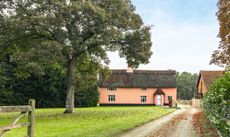
Character, history and comfort combine in a four-bedroom farmhouse in Norfolk
By James Fisher
-
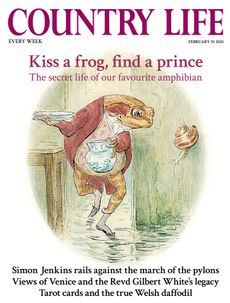
This week's issue of Country Life — and how to subscribe or get your copy
By Country Life
-

How the railways will save the countryside, with Gareth Dennis
By Toby Keel
-

Churchill's birthplace, Monet's London home and more in the Country Life Quiz of the Day
By Toby Keel
-
Sign up for the Country Life Newsletter
Exquisite houses, the beauty of Nature, and how to get the most from your life, straight to your inbox.
PEOPLE & PLACES
-
-
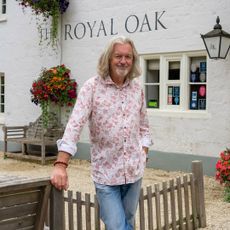
James May: Mushroom gin, real-life Lego houses and what it was like working for Country Life
-

How to celebrate the 250th anniversary of Jane Austen
-

Totally tropical Tresco: The English country garden that brings the tropics to the British Isles
-
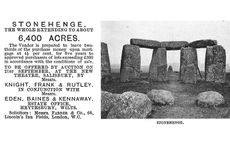
The day that Stonehenge was sold via the pages of Country Life
-
Property
View all Property-

Character, history and comfort combine in a four-bedroom farmhouse in Norfolk
By James Fisher
-
-

A Grade I-listed Georgian townhouse that's part of the fabric of Bath's history
By James Fisher
-
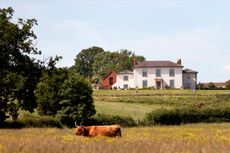
17 delightful homes for sale, as seen in Country Life
By Toby Keel
-

'This is the most money you'll spend on anything ever': The things that really matter when buying your first home in London
By James Fisher
-

The Carie Estate: a romantic Scottish lochside retreat in Perthshire
By James Fisher
-
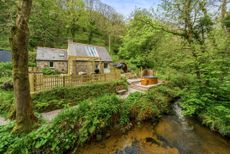
Get lost in the whispers of a running stream at a one-bedroom Cornish cottage
By James Fisher
-

Best country houses for sale this week
By Country Life
-
Our expert voices
Interiors
View All Interiors-

Reader event: Why Sir John Soane matters
By Giles Kime
-
-

Freddie Mercury's London bathroom, perfectly recreated in a family home in Surrey
By Arabella Youens
-

Injecting colour, pattern and character into a once-plain sitting room
By Arabella Youens
-

A Suffolk sitting room that's a perfect example of how to bring joy and warmth
By Arabella Youens
-

Animals, obelisks and bare plaster: Country Life predicts what will be hot in interior design this year
By Giles Kime
-

Soft colours and bold geometry inspire this Notting Hill sitting room
By Amelia Thorpe
-

Knock down or rebuild? Kitchen island or cook's table? The 10 questions to ask when you're doing up a house
By Giles Kime
-

The key to a great bathroom? Make it feel more like your sitting room — even to the point of having an armchair next to the bath
By Country Life
-
LIFE & STYLE
View All LIFE & STYLE-
-
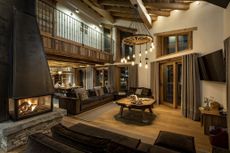
Chalet Machapuchare: Does France's best ski chalet live up to its reputation?
By James Fisher
-
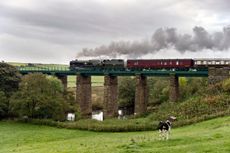
Dawn Chorus: The train line in Yorkshire named as one of the world's top things to do in 2025
By Toby Keel
-
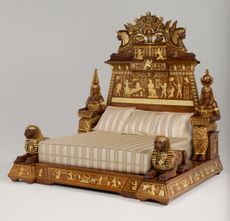
I would like to lie on the Rhamses Bed by Louis Malard and be fed grapes
By James Fisher
-

There's no place like home: How animals find their way back to their owners is a mystery we are still trying to solve
By Country Life
-
COUNTRYSIDE
View All THE COUNTRYSIDE-
-
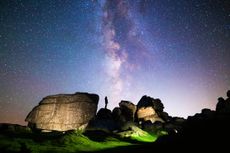
'The ultimate one-billion star hotel' — and it doesn't cost a penny to stay
By Lewis Winks
-

Dawn Chorus: The birds, the bees, the jaguars, and the orb-weaver spiders –everything you need to know about love in the animal kingdom
By James Fisher
-
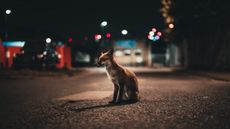
'The whiff of a McDonald’s Happy Meal has them pouring in': London, where the foxes are streets ahead
By Patrick Galbraith
-
Gardens
View All Gardens-
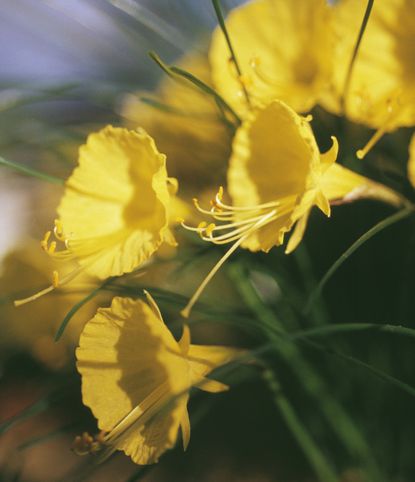
The daffodil full of 'simple, dotty charm' that's the most generous of all Narcissus species
By Charles Quest-Ritson
-
-

‘It can take three days to paint one leaf’: The extraordinary, painstaking lives of Chelsea Physic Garden’s Florilegium Society artists
By Catriona Gray
-

The real language of flowers, or how to decode your Valentine's day bouquet
By Martin Fone
-

'I followed a lorry for miles just so I could ask the driver if I could buy his pot': How Beth Tarling put together her dream terracotta pot collection
By Tiffany Daneff
-
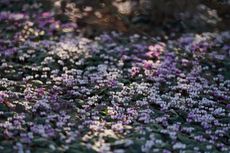
Isabel Bannerman: The year’s first and most abundantly cheery, uplifting and undemanding of winter flowers
By Isabel Bannerman
-

The winter vegetable that's 'the prince of accompaniments to a joint of meat'
By Steven Desmond
-
ART & CULTURE
View all ART & CULTURE-
-

When London was beginning to establish itself as modern cultural powerhouse: The 1980s according to David Bailey
By Richard MacKichan
-

The life and times of P. G. Wodehouse, 50 years on from his death
By Roderick Easdale
-

‘Seeing all these pictures at the same time is a rare privilege’: ‘Goya to Impressionism’ opens at The Courtauld
By Carla Passino
-

In full bloom: 'Flowers: Flora in art and culture' opens at the Saatchi Gallery
By Charlotte Mullins
-
Travel
View All Travel-

Direct to the Dolomites
By Emma Love
-
-

Where to go in 2025
By Emma Love
-

From Bond to billions: How Andermatt is becoming one of the most talked about ski resorts in the Alps
By Adam Hay-Nicholls
-

'The country’s coasts are long-hailed as some of the most desirable destinations on the planet': Where was the third season of 'The White Lotus' filmed?
By Richard MacKichan
-
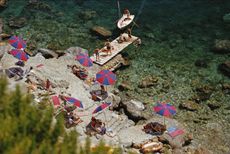
Riviera dreaming: Why this glamorous Tuscan seaside town isn't content to fly under the radar anymore
By Rosie Paterson
-
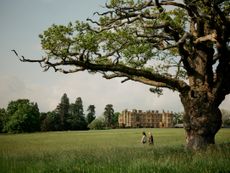
‘I don’t want to oversell it but they are the best pumpkin pancakes in the universe’: Country Life’s unbeatable guide to Oxfordshire
By Jo Rodgers
-
Food & Drink
View All Food & Drink-

Dawn Chorus: The Dorchester’s plans for British Pie Week, Anya Hindmarch takes flight and how to rent the Earl of Suffolk’s childhood home
By Rosie Paterson
-
-

Celeriac-crusted cod with chorizo butter and romanesco sauce
By Melanie Johnson
-
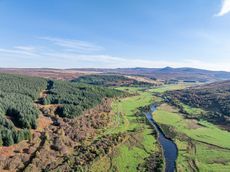
Dawn Chorus: 2,400 pristine acres of The Highlands for sale, plus the ultimate boiled egg in a mere 32 minutes
By Toby Keel
-

'I thought we were forgotten': The Ritz Restaurant has been awarded a second Michelin Star
By Rosie Paterson
-

How to use fresh and bold horseradish to liven up salmon
By Melanie Johnson
-

Curious questions: Why do we use Seville oranges to make marmalade?
By Jane Wheatley
-

A decadent savoury tart that makes the most of seasonal curly kale
By Melanie Johnson
-





